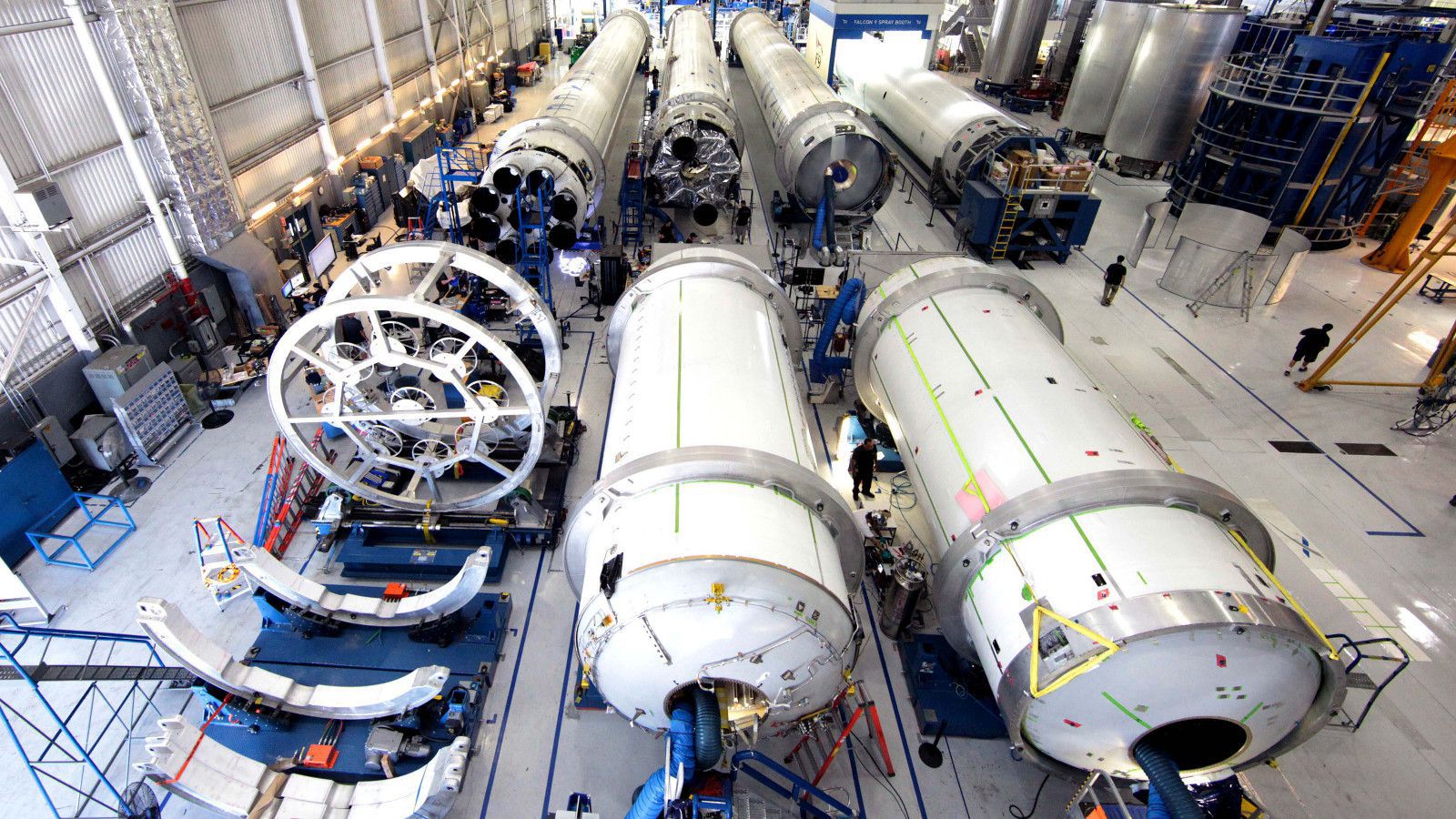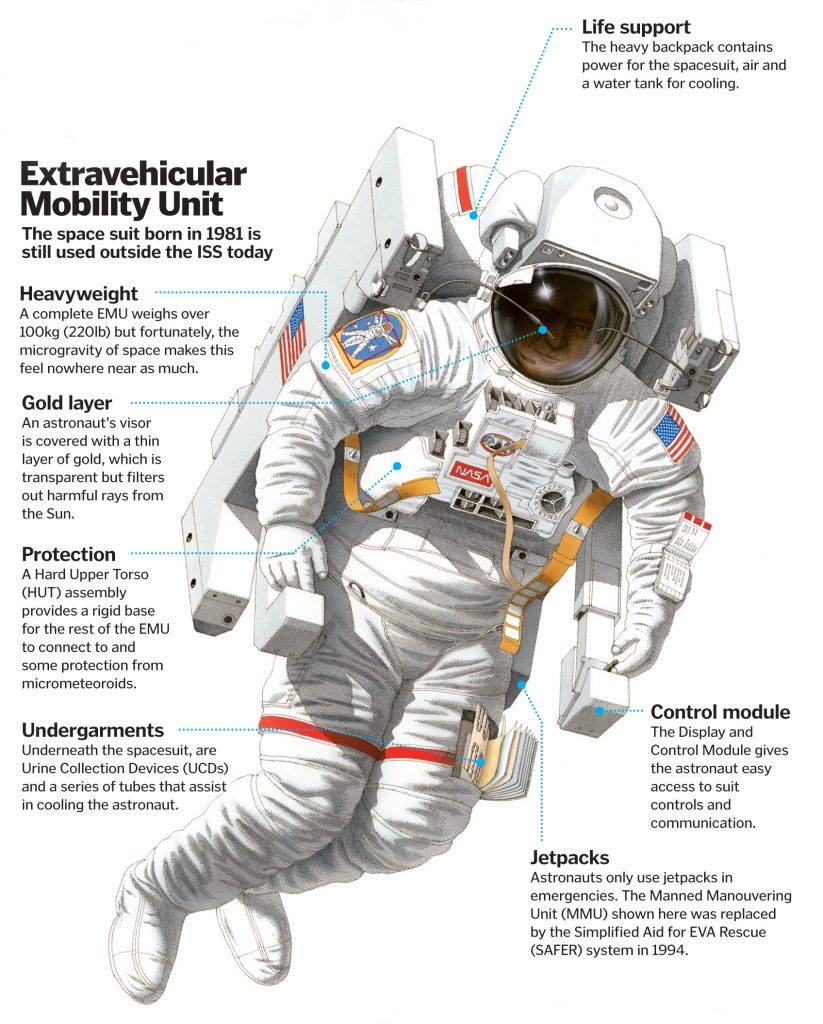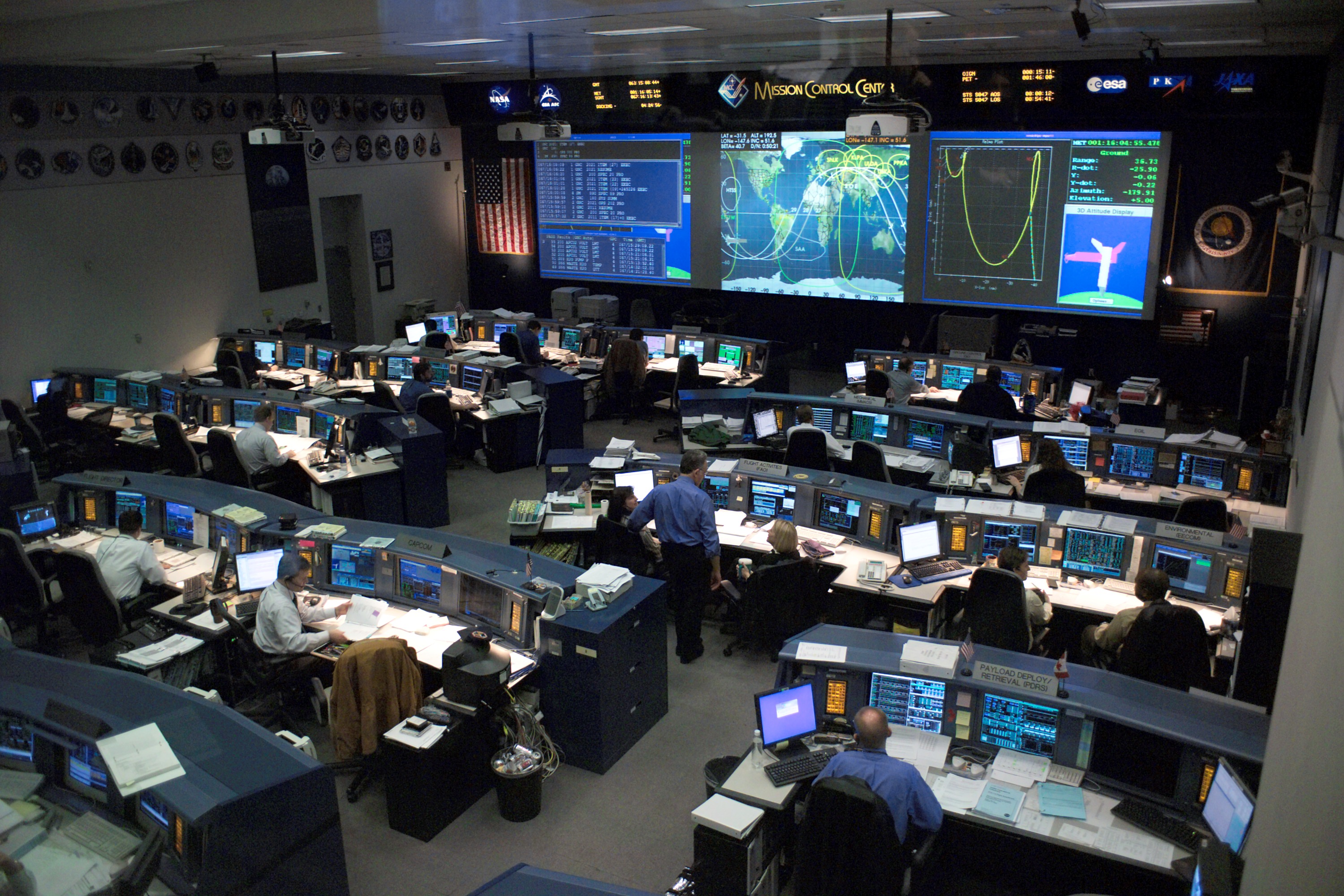NASA declares they have bought five seats on the Soyuz for their astronauts to be sent on the International Space Station: the first seating will be used next September, another in 2018, and then 3 by 2019. This decision indicates that NASA has serious doubts about the capability of SpaceX and Boeing to keep the deadlines heralded to the world and to complete the development of launch vehicles and capsules by the end of 2018. SpaceX is working on the Dragon Manned spacecraft, Boing on the CST-100 Starliner: in 2015, both companies declared a deadline by the end of 2017, then shifted to 2018. However with this choise of NASA, it is probably that neither SpaceX nor Boeing will be ready before 2019.
FLIGHT WITH DISCOUNT. Roscosmos, the Russian Space Agency, with its Soyuz program (most of astronauts evaluate as efficient and reliable), it is the only Space Agency to offer a passenger transport to the orbit: any country wants to send its own astronauts to ISS must necessarily use that service.
These tickets bought by NASA for each astronaut have cost of 74.7 million dollars, about 7 million less than the full price of ticket package paid by US purchased in 2015.
1 seat for Baikonur-ISS by Soyuz with return costs 80 million dollars

The discount has been obtained by the intermediation of Boeing, which has a dispute with Energia, the Russian company, for the management of Sea Launch, a mobile launch platform in the Pacific Ocean, which provided this benefit. Unlike the staff, who currently can travel only by Soyuz, for the rest in the space market there are different players (not all prepared at same level) and prices vary depending on many factors, like the country that host the spaceport, and the launcher. Despite the enthusiasm for distant planets discovering, for the exploration of the solar system worlds, and despite the “support” and participation that each country pours on the vicissitudes of its astronauts, the space is an arena of very expensive game. A bookkeeper budget is impossible, but we can analyse some data.
SPACESUIT. For example the suits that astronauts use for spacewalks, the so-called extravehicular activities (EVA). The development and testining have had a cost between $ 400 and $ 500 million: after the developing, each suit produced costs at least 5000 hours of work and about $ 2 million. The production rate is very low, so there is no way to cut costs.

A LITRE OF GOLD WATER. Then there are the costs to bring on ISS all needful for security, daily life in the farthest inhabited scientific laboratory of the Earth: food, water, materials and research tools, and so on. There is not an official price list, but thanks to some indiscretions we can draw a range of prices: every kilogram (1 kg) delivered by the European spacecraft ATV (decommissioned in 2014) cost $ 113,000; with Cygnus spacecraft the price drops to about $ 88,000 per kilogram; with Dragon will get to $ 22,000 per kg. The space race among the private companies has little to deal with these differences, generated rather by general structure costs, special agreements with the countries that host the launch platforms, contracts between companies that have impact as on a nation, and some nations that have less importance than a company, geopolitical pressures, until to the technology, with the cost of launchers – the rockets, which in many cases are only now partially recovered for subsequent launches.
It is impressive to think that even a simple liter of water for the ISS is really costly, tens of thousands of dollars.
HUMAN RESOURCES COST. Finally, there are the costs of personnel, astronauts and not: in this case there are no official information but, again, as per rumors should be about of $ 300-400 per day for the trip in space, on the ISS, while the on the earth is difficult to estimate. But looking at the picture below: it is the “mission control” of the ISS, that work 24/24, 7/7. How can cost this?

The International Space Station has, is case to say, a “stellar cost”: but as other science companies it is an adventure shared by humanity, accessible and paid in varying degrees by every country, universiies and research institutes need laboratory conditions that could not be replicated on Earth, and all these costs are repaid by common knowledge.